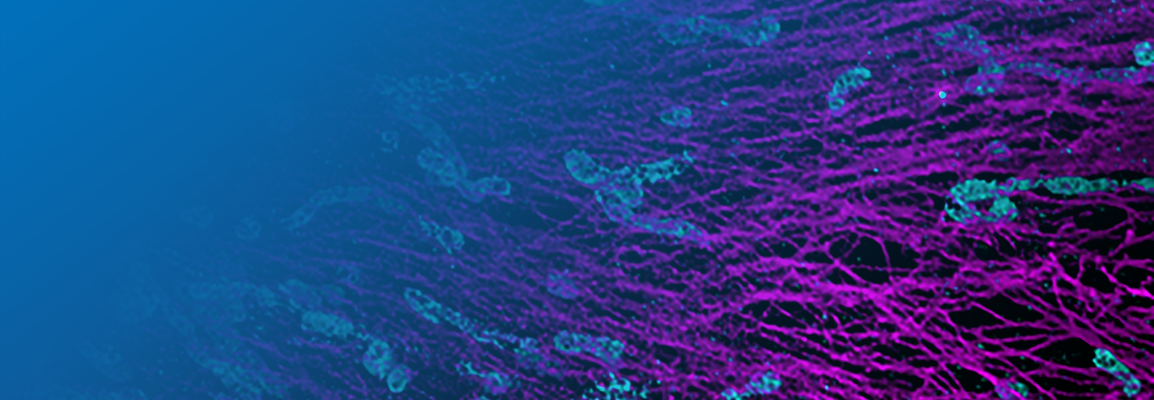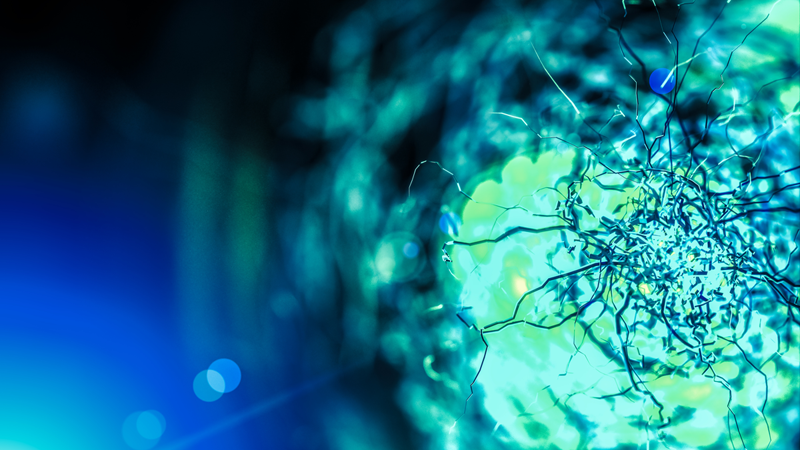

Eternity-PLUS Buffer For Three Color Nanoscale Imaging in Depth
Discover powerful new tools for long-term imaging of multicolor samples.
During this webinar, guest speaker Karine Monier, Ph.D. (CNRS, Unversity Lyon), discusses their lab's breakthrough development of Eternity-PLUS, a new blinking buffer for long-term fluorescent imaging of multicolor samples. This newest version of the Eternity1 (Everspark2) buffer allows imaging periods up to several weeks long and enables three-color dSTORM nanoscopy — a powerful technique that is particularly well-adapted for use on the Vutara VXL SMLM system.
Presenter's Abstract
Direct Sochastic Optical Reconstruction Microscopy (dSTORM) is a single molecule localization microscopy (SMLM) approach, allowing to reach precision localization around 20 nm, thus providing a 10 time magnification compared to confocal microscopy. Our goal was to democratize dSTORM, by developing solutions for a better and easier way to perform nanoscopy imaging. One challenge is the short life of aqueous blinking buffer required to discriminate individual fluorescent molecules. To tackle this, we developed a new buffer, called Eternity1, also known as Everspark2, allowing imaging for several weeks (instead of few hours with the classical GLOX buffer). To evaluate buffer capabilities independently of biological variability, our transdisciplinary team further developed 1 µm calibrated spheres, known as SpheroRuler, coated at their periphery with far red blinking fluorophores.
For the last 2 years we have been working hard to extend the multicolor capabilities of Everspark. Our recent breakthrough is called Eternity-PLUS: a new version of our buffer, applicable to the majority of green emitting fluorophores opening the way to 3 color dSTORM nanoscopy. This was applied to highlight the 9-fold symmetry of the 0.5 µm circular structure of the mature centrosome and cilia multi-component structures in fixed human cells from retina using 3 color immunolabeling with appropriate fluorophores. This 3 color nanoscopy is particularly well adapted on a Vutara VXL Imaging system.
Due to non-TIRF imaging mode on the VXL, we also performed deep SMLM imaging using Eternity-Plus buffer inside isolated muscular fibers immuno-detected with microtubules (mean diameter 80 um). The capabilities to achieve a z-Stack in dSTORM allows to increase the thickness of the observed volume within the muscular fiber, thus offering a powerful tool to image with a 20 nm precision centronucleated fibers present in lots of myopathies.
Find out more about the technology featured in this webinar or our other solutions for SMLM imaging:
Featured Products and Technology
Speaker(s)
Karine Monier, Ph.D, HDR, CNRS Research Engineer, University Lyon


